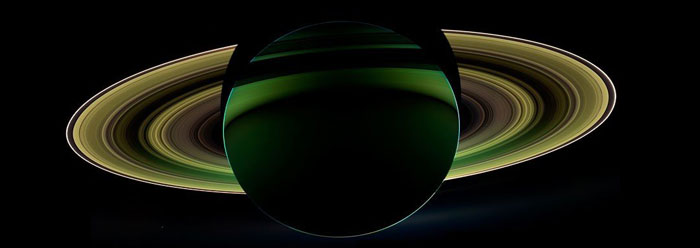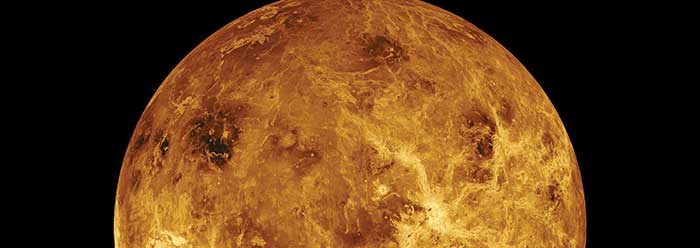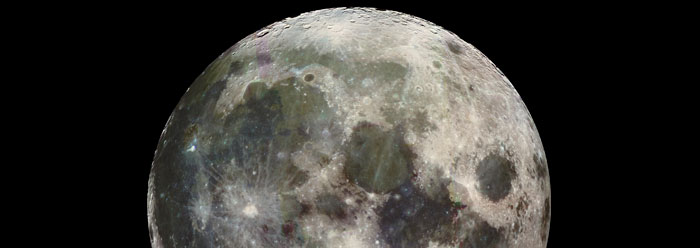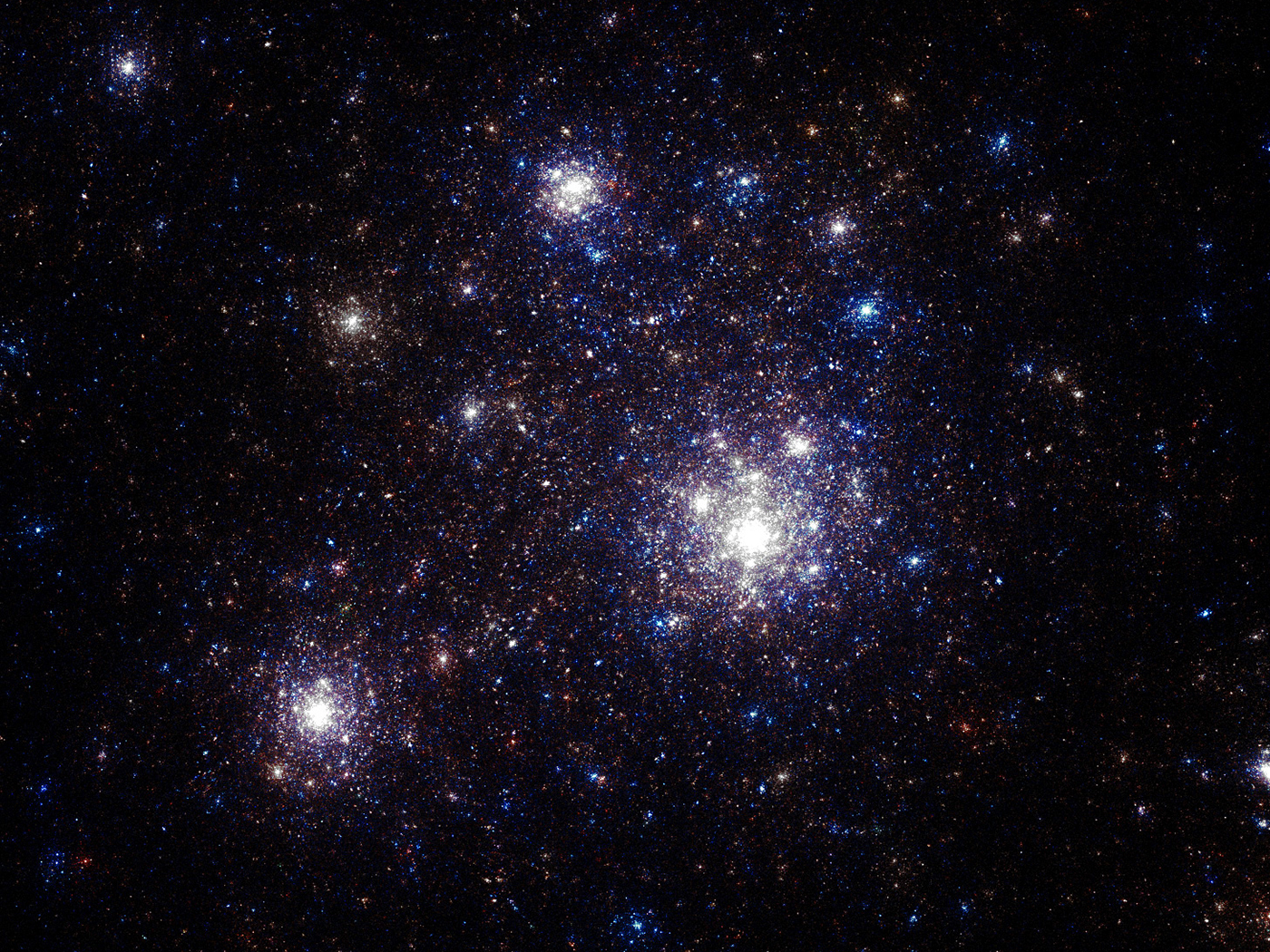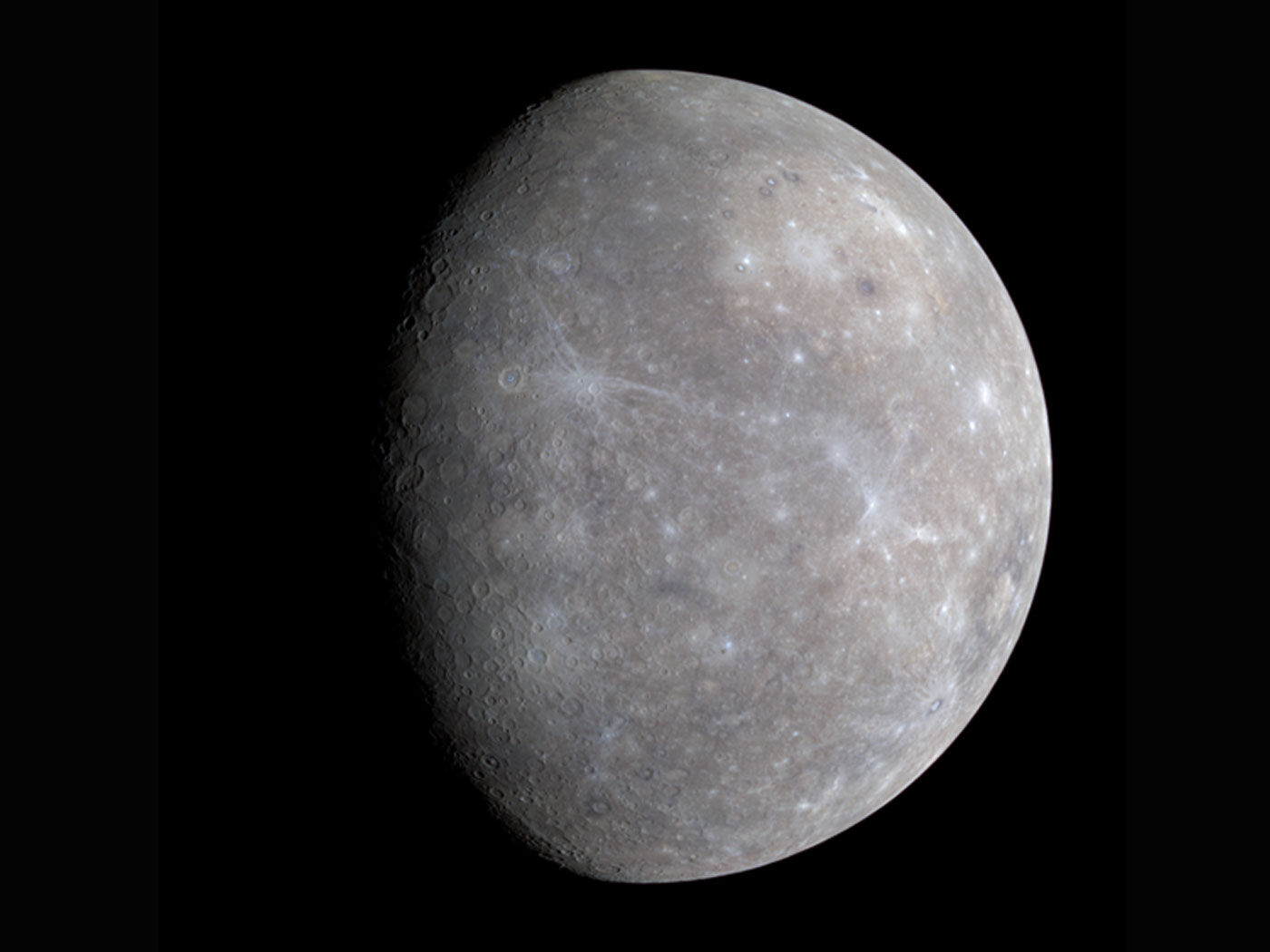A feature story in a recent issue of the journal Nature described four solar system bodies that are puzzling to evolutionary scientists.1 Specifically, the article discussed the rings of Saturn, two of Saturn's moons (Enceladus and Titan), and Jupiter's moon Io. These four bodies all exhibit properties that cannot persist for billions of years.
The brightness of Saturn's rings is puzzling because after billions of years, they should have been darkened by dust from comets and asteroids. Yet these rings are still brilliantly beautiful.
Likewise, watery geysers erupting from the south pole of Saturn's moon Enceladus suggest that the moon is giving off a great deal of heat, yet this heat should "die down" relatively quickly. A mechanism proposed by Australian planetary scientist Craig O'Neill can theoretically provide enough release of heat to sustain the geysers for only about ten million years—far fewer than billions of years.
Secular researchers are also puzzled by the methane in Titan's atmosphere. Because sunlight degrades methane, Titan's atmospheric methane should have been depleted after only a few tens of millions of years. Yet methane is still present in Titan's atmosphere.
Likewise, the extreme volcanic activity on Jupiter's moon Io seems incapable of being sustained for extremely long periods of time.
Secular planetary scientists have proposed multiple hypotheses to explain these "anomalies." Many of these explanations assume that we just happen to be simultaneously viewing multiple short-lived astronomical phenomena. However, even secular scientists acknowledge that such a coincidence seems unlikely. For instance, O'Neill acknowledged that his explanation for the continuing geologic activity on Enceladus seems like "special pleading," since it requires researchers to view Enceladus at a special time in its history. Other proposed explanations for the persistence of these phenomena are also problematic.
Economy of explanation, or parsimony, is an important principle in science. A single hypothesis that can simultaneously explain multiple phenomena is more likely to be correct than multiple hypotheses needed to explain those same phenomena. Of course, there is such a hypothesis that could easily explain all four of these astronomical "anomalies." If the solar system were only thousands, rather than billions, of years old as implied by a straightforward reading of the Bible, then the continued brilliance of Saturn's rings, the continued presence of methane in Titan's atmosphere, and the continuing geological activity of Io and Enceladus would not be surprising—those would actually be expected.
In fact, creation scientists and astronomers have been pointing out such youthful features of our solar system for many years.2 Yet not only have secular scientists refused to even consider the possibility of a young, created solar system, they have discriminated against creation scientists.3
Secular planetary scientists would deny that there is any good reason to believe the universe is young. And yet their puzzlement over these four solar system bodies is a direct result of their insistence that the universe has been in existence for billions of years. Could their unwillingness to consider this possibility be due to other reasons?
If the universe really is just thousands of years old, then evolution is completely discredited. A slow evolutionary process needs billions of years in order even to appear plausible. If evolutionary processes are disqualified, then special creation is the only remaining logical alternative. But special creation requires a Creator. And many—even scientists who are supposedly logical, objective, and impartial—are simply unwilling to acknowledge their Creator's authority over their lives.
References
- McKee, M. 2013. Caught in the Act. Nature. 493 (7434): 592-596.
- For a good summary of such features, see Psarris, S. 2009. DVD. What You Aren't Being Told About Astronomy, Volume 1: Our Created Solar System. Creation Astronomy Media.
- For instance, many suspect that scientist David Coppedge's employment at NASA's Jet Propulsion Laboratory was terminated due to his belief in and support of biblical creation. See: At Pro-Darwin Blogs, Knee-Jerk Responses to the David Coppedge Intelligent Design Case Validate Discrimination Claims. Evolution News & Views. Posted on evolutionnews.org November 7, 2012, accessed February 11, 2013.
Image credit: NASA/JPL - Caltech/Space Science Institute
* Dr. Hebert is Research Associate at the Institute for Creation Research and received his Ph.D. in Physics from the University of Texas at Dallas.
Article posted on February 13, 2013.




